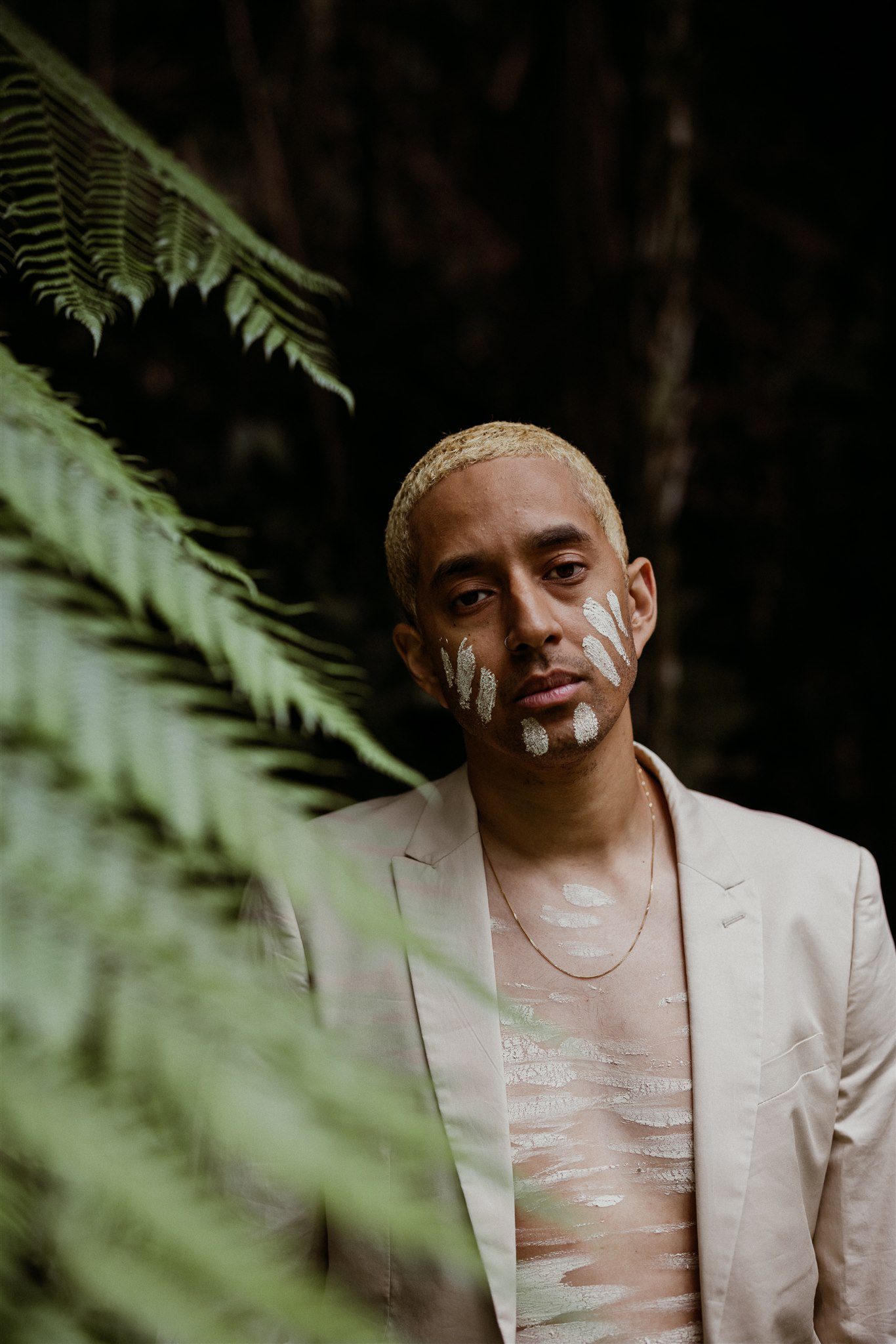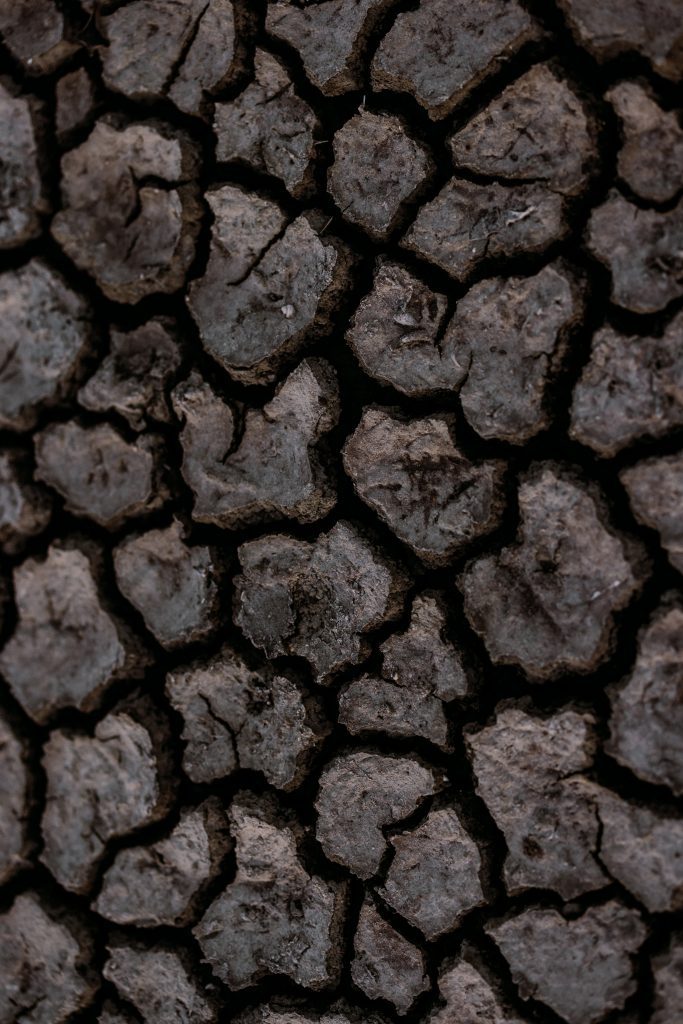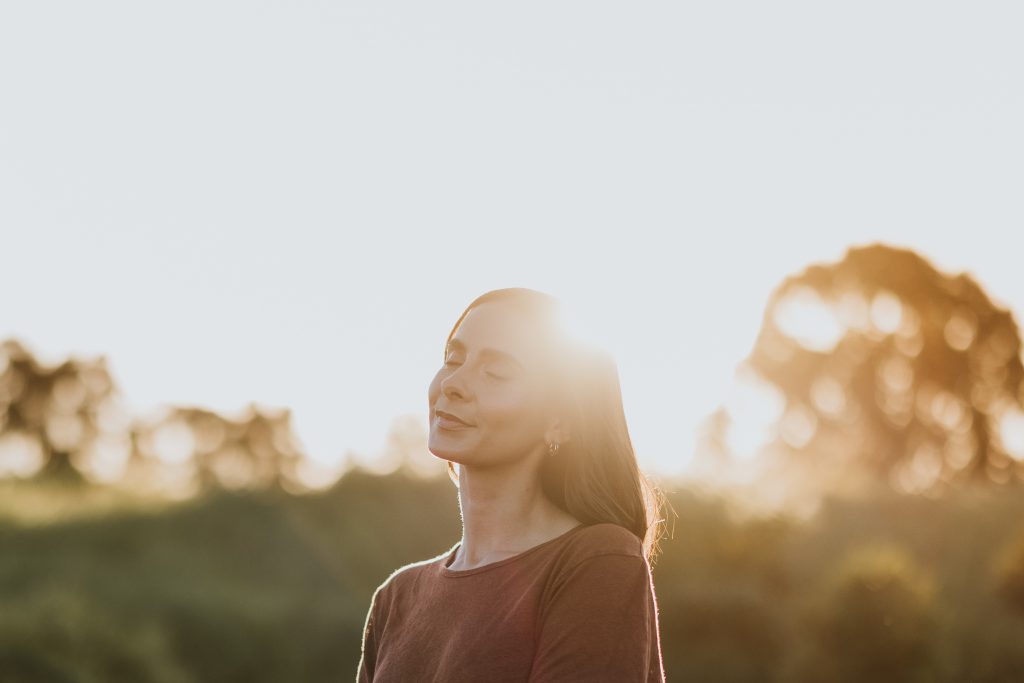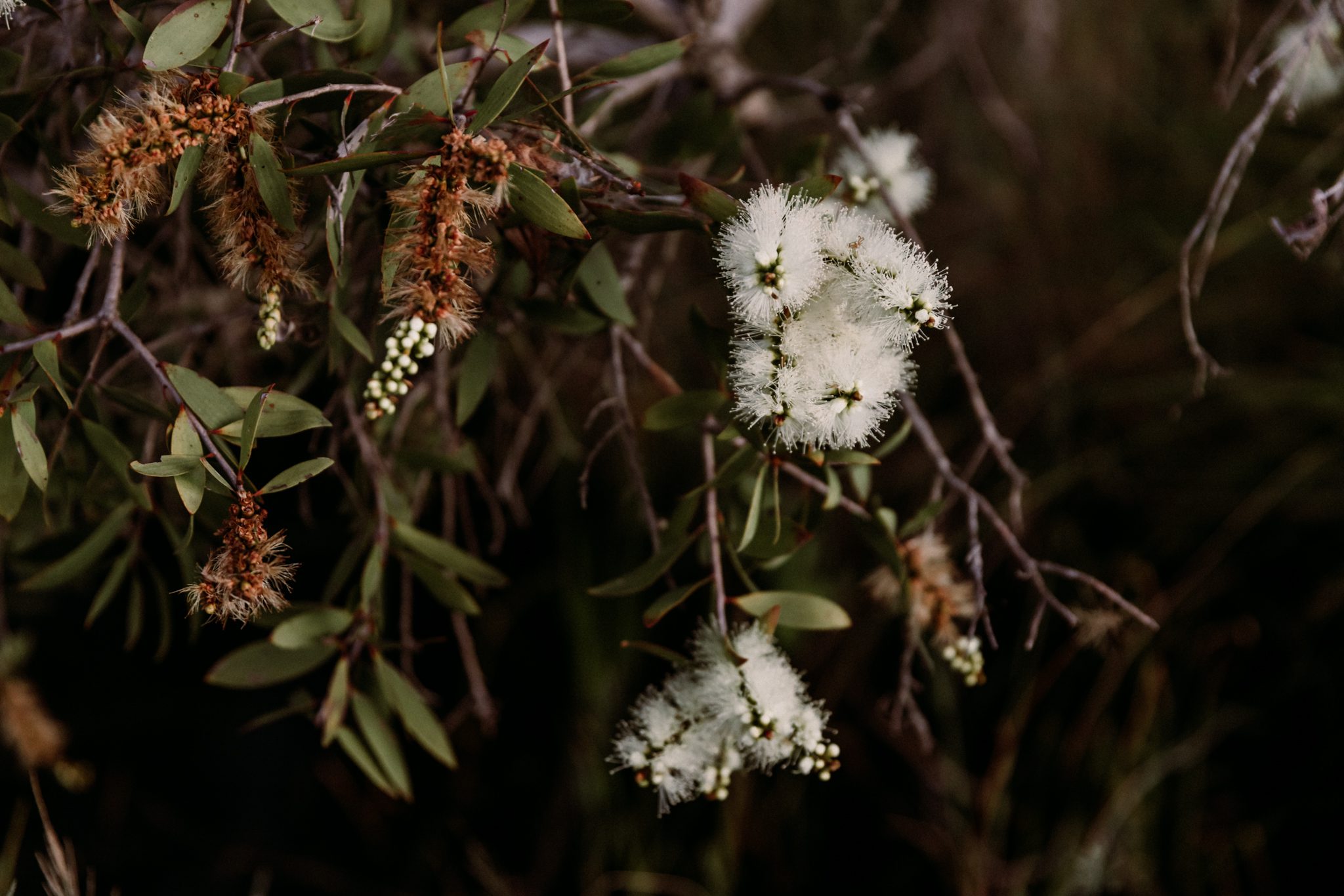
How to honour and respect First Nations peoples on your Elopement or Wedding day
honour your connection...
I’ve had this particular subject on my ‘Blog Posts to write’ list for some time now, but thought there’s no better time than NAIDOC week to finally get it done! This is my non-exhaustive list of how to honour and respect our First Nations peoples on your Elopement or Wedding Day.
First of all, what is NAIDOC week? NAIDOC (National Aborigines and Islanders Day Observance Committee) week is a week to honour, reflect and celebrate the achievements and contributions of our Aboriginal and Torres Strait Islander brothers and sisters. It is an opportunity for us (indigenous and non-indigenous alike) to engage with, and deepen our knowledge of Indigenous Australia. To acknowledge the past, the present and to look toward the future with hope.
What does this have to do with your Elopement or Wedding Day?
It’s a small gesture of recognition of the association Indigenous Australians have with this land and place we all are fortunate enough to call home. By taking the time to acknowledge and honour our First Nations peoples (and the land on which you decide to get married) on what is one of the most significant and meaningful ceremonies of your life, it sets a really beautiful tone for your special day and the future you will share together. It also normalises the dialogue around truth-telling and having honest conversations about our continents history. The more we do in our every day lives, the more successful we’ll be in achieving harmony and equality for all in the future.

Recognising what Country means to indigenous
It’s worth noting what “Country” actually means to indigenous peoples. Indigenous cultures around the world see Country or their land as more than just a “place”. It’s an intrinsic spiritual connection to land as a living entity (one reason why ‘Country’ is often capitalised).
First Nations people are intrinsically entwined and connected to Country. We are inherently a part of our natural ecosystems where bloodlines run deep into our land and oceans. We must protect Country so that Country can protect us.
Kulkalaig woman Tish King, from the Island of Masig (Kulkalgal Nation of Zenadth Kes).
My ancestors explained it to us as interconnectedness: every rock, every tree, every animal, every mountain, every river as well as the energy and space in between – are all formed of the same substance. Our land and our waters sustain US (we eat from the land and we drink from the waters) therefore we BECOME the land and part of our environment. Our land and our waters also sustained our ancestors, who are the reason we exist today.


So while Country is place, it is also relationship. This relationship can be connected to stories, language, song, ceremony or other practices. It’s because of this deep relationship, that when Country is disrespected, First Nations people and wellbeing are impacted deeply.
With more and more people choosing natural locations and stunning natural landscapes as the backdrop for their elopement or ceremony, it’s worth remembering to respect the traditional custodians and Aboriginal history of the land in which we are wedding on.
Here are my top 5 tips to honour and respect First Nations people and culture on your Elopement or Wedding Day.
1. Speak an “Acknowledgement of country” at your ceremony
Acknowledgement of Country (different to a Welcome to Country) is a practise that I believe we should ALL consider incorporating in to our special day. It recognises the traditional custodians of the land on which your elopement or wedding is taking place and its a show of respect to Aboriginal culture and peoples.
by researching and writing an Acknowledgment as a non-Indigenous Australian, you’re teaching yourself more about the true history of the country you are on. By actively giving an acknowledgment you’re acknowledging that the land always will be that of the Traditional Custodians. You are acknowledging that invasion and colonisation has occurred, and that in spite of that, Aboriginal and Torres Strait Islander people continue to survive and thrive.
Foundation of Young Australians
Most celebrants that I work with actually include an Acknowledgement of Country in their ceremonies, but if you’re unsure if your celebrant does (and its something that you would like to consider for your ceremony) just make sure to ask them!
And if you’re going to be speaking your own Acknowledgement of Country, here are a few resources to help get you started.
AIATSIS map: to find the Nation or language group of your ceremony location
Creative Spirits: Tips for Acknowledgement of Country

2. Have an Elder perform a “Welcome to Country”
While an Acknowledgement of Country can be done by anyone, a “Welcome to Country” is a ceremony performed by an Aboriginal or Torres Strait Islander Elder, to welcome people on to their traditional land.
Traditionally, if you were to cross in to another groups traditional lands or Country, you would require permission to enter. When permission was granted, the hosting group would welcome visitors, offering them safe passage and protection of their spiritual wellbeing during the journey – and visitors would respect the protocols and rules of the land owner group while on their Country.
While these protocols have been adapted to fit modern life, these same elements of welcoming and offering safe passage still remain.
When I welcome you – when our Aunties and Uncles welcome you – we are welcoming you to a place. But we’re actually welcoming you to the intimate relationship we have to that place. We’re also welcoming you to our kin. We’re welcoming you to the significant relationships we have with the people of our place. We’re welcoming you to our roles, responsibilities and obligations, that keep us connected and bound through these people, to our place.
Yuin man Jade Kennedy
If you’re interested in incorporating a Welcome to Country in to your special day, you can contact your local Aboriginal Land Council or Native Title representative body, who will be able to advise on how to organise a Welcome to Country by a Traditional Owner in your area.
3. Be mindful of sacred sites and sensitive locations
We are blessed to have such an array of stunning venues and natural landscapes to host our elopement or wedding in Australia – and with the rise in popularity of the “Adventure Elopement”, more and more people are looking for unique and sensitive (natural) locations to host their nuptials.
When enjoying ANY natural location, it’s encouraged to be respectful of your land and environment anyways (leave only footsteps, don’t litter, don’t intentionally destroy the local flora and fauna etc), however please also be mindful of locations and sites that are sacred to traditional owners.
A “Sacred site” does not always mean that non-indigenous don’t have access to said particular site, however there may be parts of a site that traditionally don’t allow or encourage photography or ceremonies to be taken place. For instance, you are not permitted to have ceremony within the Uluru-Kata Tjuta National Park itself, but you can get a permit to take wedding photos in the National Park. There are sacred sites around the rock of Uluru that the Anangu people prohibit being photographed due to the belief that its sanctity will diminish if its image is captured.
Many mountains/summits/ and landmarks have cultural significance to traditional owners as well, and it is often preferred that you don’t climb these landmarks. So, instead of having your ceremony on TOP of a culturally significant landmark, you could always have it as a dramatic backdrop for your ceremony and images instead.
Unfortunately there is no central resource that I have come across that has an exhaustive list of sacred sites and sensitive locations, however a quick google search of “<your location> traditional owners” will reveal most information you will need to know about having a respectful ceremony in your desired location. Similar to what you would do if you were searching for permits or access to have a ceremony on council or government owned land or national parks.
4. Use traditional place names in your ceremony and on your invites
Traditional place names matter. It recognises that these places existed for tens of thousands of generations before colonisation, and celebrates the First Peoples connection to country. Every town and place in this country has an original name, and by using the original name it’s a powerful opportunity for us to pay our respects to the people and culture that have lived here for millennia before us.
5. Include Aboriginal owned businesses & vendors
Of course the most effective way to respect or involve First Nations people in your special day, is to include aboriginal owned businesses in your Vendors list! You can search Supply Nation which is a National database of Aboriginal and Torres Strait Islander businesses, or you can check out this list that I have collated with the help of Olivia from Blak Business.
Photographers:
Barefoot Wandering
Bobbi Lockyer
Jalaru Photography
Talei Elu Photography
Nharla Photography
Trent White Photography
Photography by Black Cockatoo
Celebrants:
Heart & Earth Ceremonies
Woonyah Court Ceremonies
Entertainment:
Queen Acknowledgements
Koori Kulcha
Big Wil Chronicles (MC)
Spirits of the Red Sand
Nunukul-Yuggera Aboriginal Dance Company
Catering/Cakes:
Pawa Catering
Mabu Mabu
Charcoal Lane
Little Local Co
Mocha Baby Cakery
Grazing Love by Eva Rose
Murri Menu
Koori Kitchen
Kallico Catering and Custom Cakes
Hair & Makeup:
Kaydee Kyle-Taylor
Womba Hair
Makeup By Danika
Walkabout Barber
Flowers:
Gathermore Flowers
Australian Indigenous Grasstrees and Wildflowers
^^ If you are an Aboriginal or TSI owned business that would like to be added to this list, please feel free to send me an email: hello@nikitapere.com
Final thoughts: By honouring our First Nations people, I am not denying the presence or contributions of non-indigenous Australians – but I am paying my respects to the history of our country and acknowledging that Indigenous sovereignty was never ceded.
I’d also like to acknowledge the following websites and resources that I used to write this blog:
www.commonground.org.au
www.blakbusiness.com.au
fya.org.au
reconciliation.org.au
creativespirits.info
Nikita Pere is an Australia & New Zealand Elopement and Intimate Wedding Photographer based in Meanjin, QLD.
Want to learn more about how to create a ceremony full of heart and intention? Check out more on the blog!

